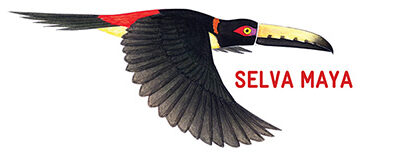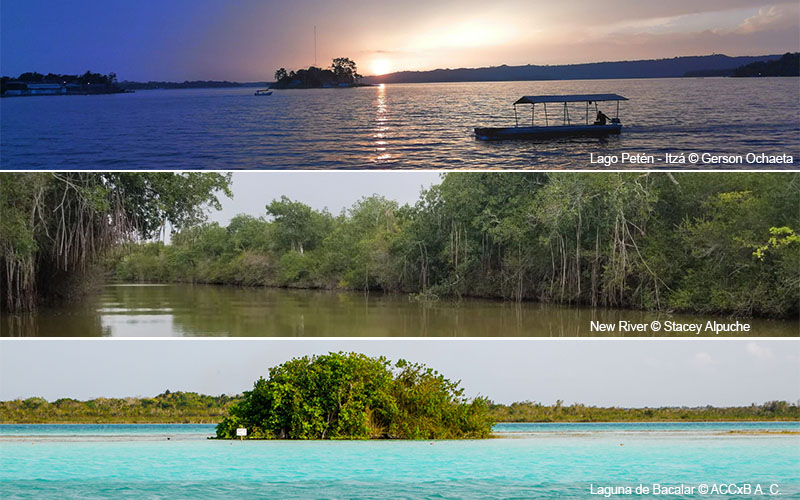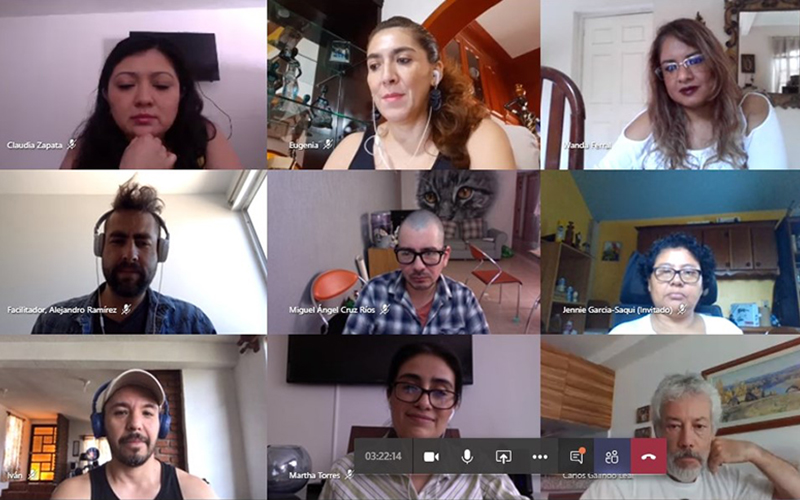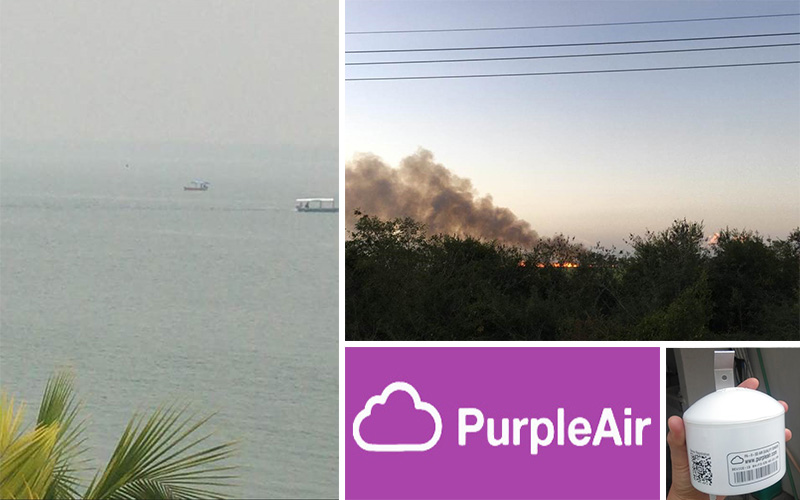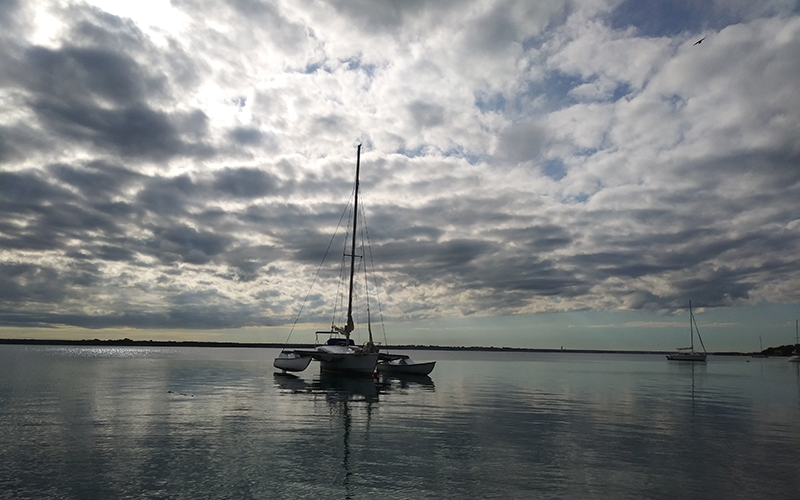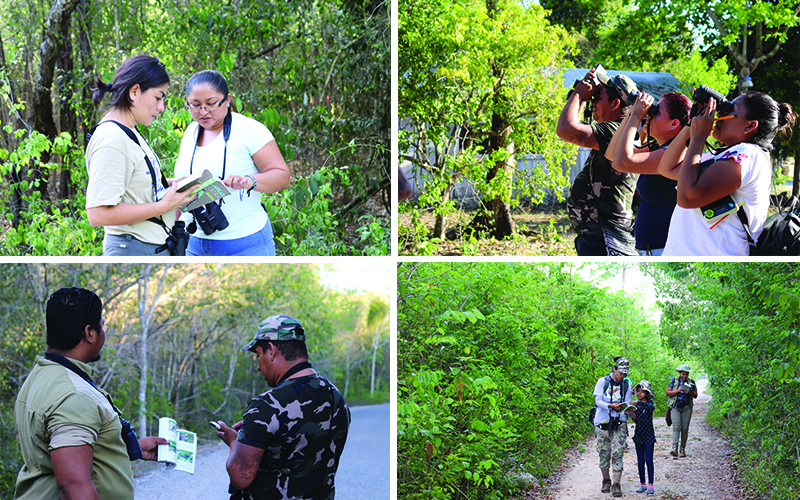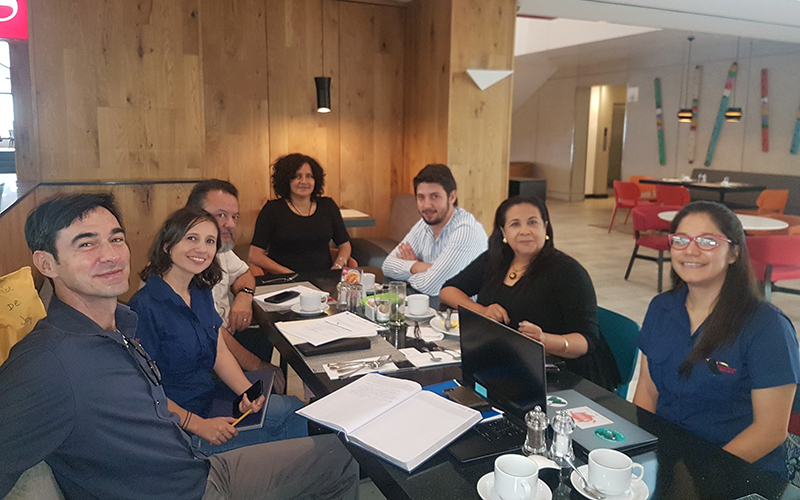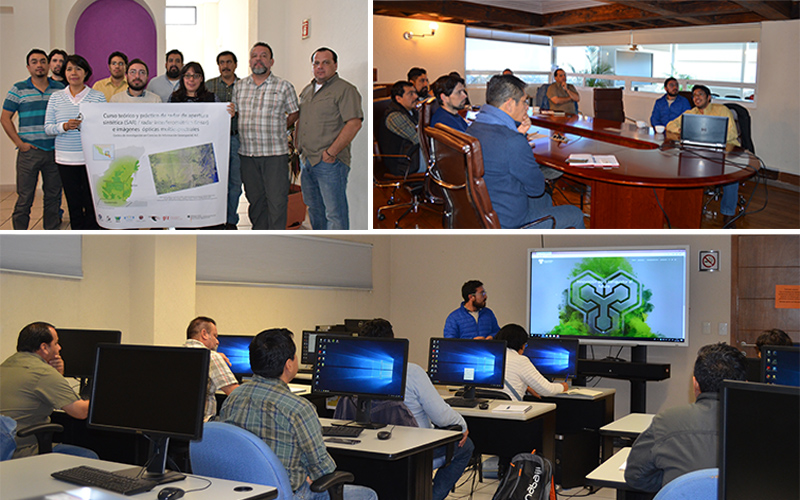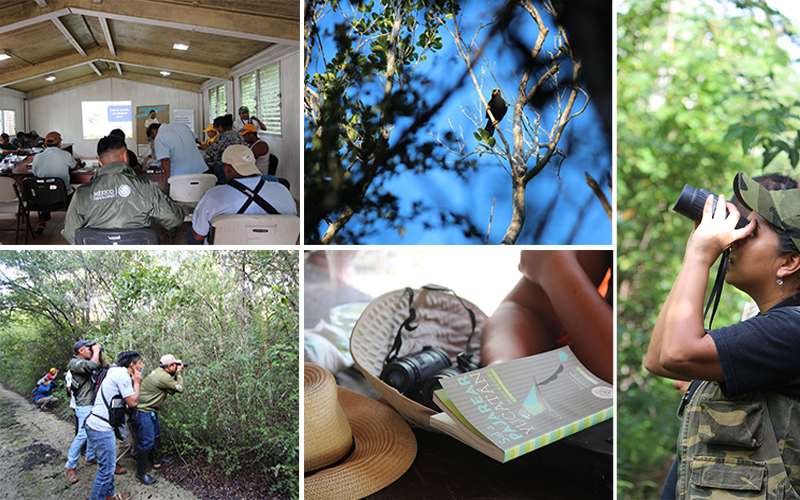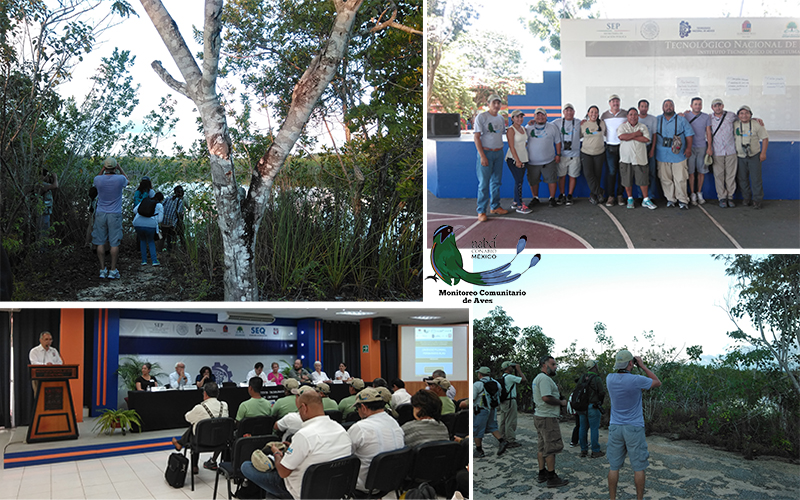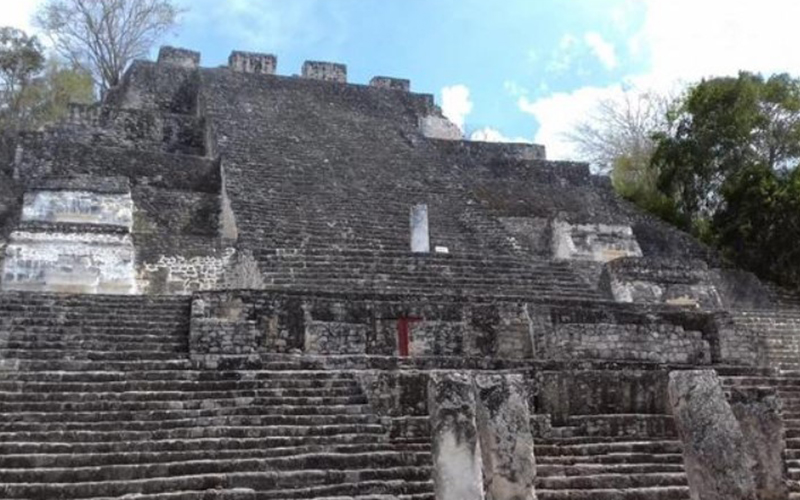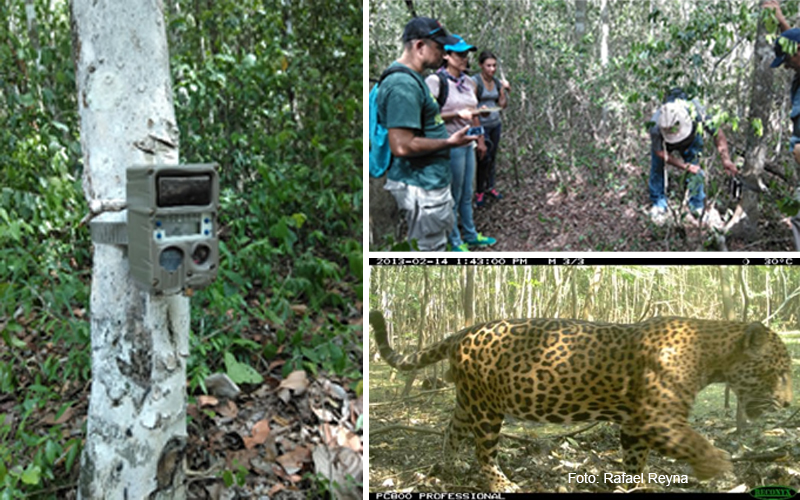Monitoring
Communicating relevant information to both citizens and political decision makers is part of the conservation and sustainable development efforts
Improving our habits has a positive impact on our health and environment. Our well-being also depends on the well-being of ecosystems; the air we breathe is one example.
Agua Clara Ciudadanos por Bacalar A.C., in collaboration with the German Cooperation for Sustainable Development (GIZ), coordinated the first bi-national meeting on water quality monitoring of the Lake Petén-Itzá (Guatemala) and Bacalar Lagoon (Mexico) on November 19 and 20, 2019.
On September 25, 2019, the annual Workshop of the Regional Group for the monitoring of water bodies and associated fauna in the Selva Maya (MASM) was held in Flores, Guatemala.
It is well known that the contribution of the society to scientific research has grown in recent years. Citizens therefore also have an important role to play in monitoring biological diversity. In particular, the eBird tool or the Spanish version AVerAves,
With the support of the Regional Committee for Water Resources of the Central American Integration System (CRRH-SICA), the first regional workshop on meteorological services in the Selva Maya was held in Guatemala City on February 21st , 2019.
The range of applications for Synthetic-aperture radar (SAR) remote sensing is wide, some of the most recognized applications are designed for the temporary monitoring of processes, anthropogenic activities and natural disasters such as floods, landslides, subsidence, earthquakes and deforestation, amongst others.
Not only scientists or specialists monitor biological diversity but also the population participates actively, an example of which are community bird watchers.
With the objective of exchanging experiences among the different actors involved in bird monitoring activities the 6th Meeting of the Community Bird Monitors Network of the National Commission for the Knowledge and Use of Biodiversity (CONABIO) took place in Chetumal from September 13 to 15, 2018.
The Selva Maya, the second largest tropical rainforest in the Americas is shrinking by 30,000 hectares every year. In the last few months, rangers of this region have been using special software for monitoring more quickly illegal logging.
The monitoring of fauna by means of camera traps allows to understand the habitat conditions and the behavior of species, particularly those that are nocturnal or are elusive to the human eye. Frequently, images captured by these movement-sensitive devices, arranged tactically in places visited by wild animals such as watering […]
